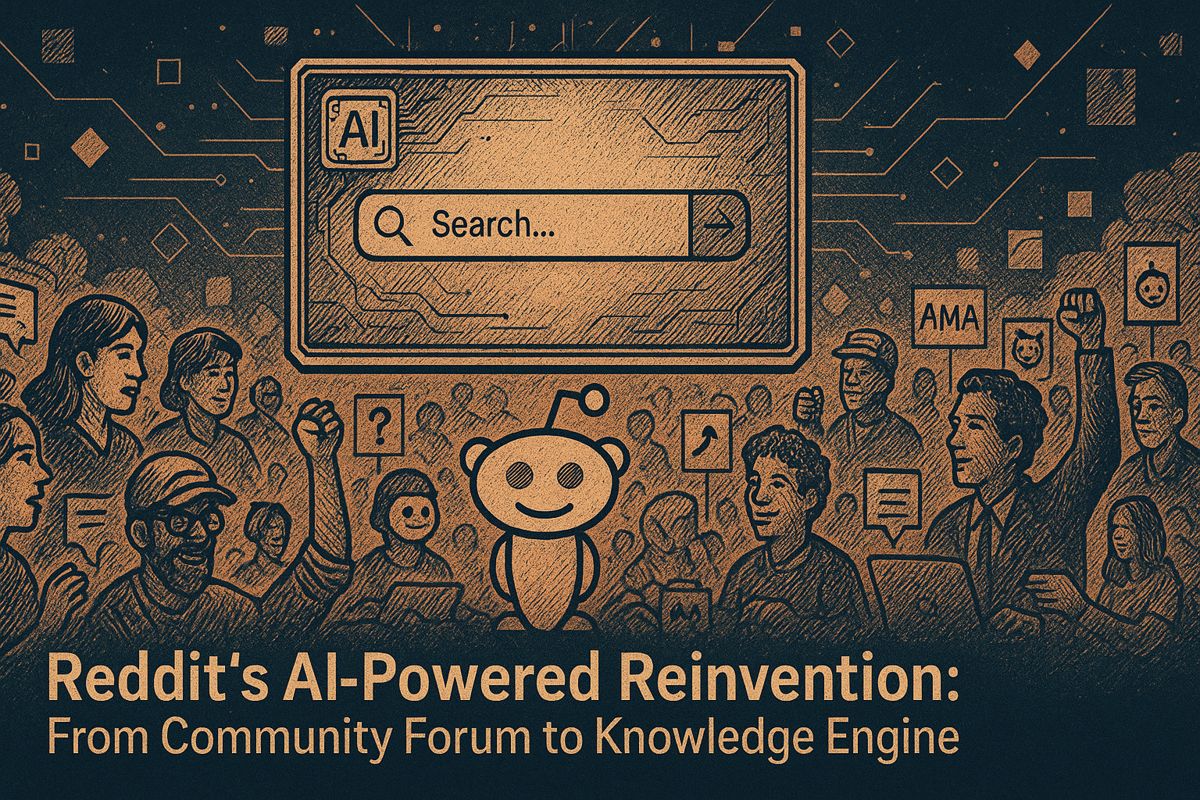AI models have a limited memory called a context window, but users can’t see how much of it is left. This often causes surprise when old messages disappear or costs go up, and most big AI products don’t show a simple progress bar. Adding a visible meter would help users manage their conversations and spending, but companies worry it might lower their earnings and is tricky to build. Some small teams already show how much context is left, and users like it. The industry still needs to catch up and give everyone a way to see the “missing meter.”
Why is context window transparency important for AI users?
Context window transparency lets users see how much of their conversation an AI model retains, reducing surprise truncations and helping manage costs. Despite models supporting up to 100 million tokens, mainstream products lack visible progress bars, leaving users unaware of buffer limits and usage.
Context windows are the working memory of modern AI. Yet most of us drive these systems with our eyes closed: we cannot see how full the buffer is, when earlier turns of the conversation are silently dropped, or how much of the incoming bill is driven by token overhead. A single public question from product designer Ash Stuart in early August 2025 – asking vendors for a transparent, front-end context-meter – has turned into the clearest snapshot yet of where the industry stands on openness and user control.
Current gap in numbers
| Feature | Status in Top-tier Models (mid-2025) |
|---|---|
| Max supported tokens | 1M – 100M (Gemini 2.5 Pro → Magic.dev LTM-2) |
| Real-time token counter in UI | Effectively zero main-stream products |
| User-reported surprise truncations | Daily in forums for ChatGPT, Claude, Gemini |
The numbers are striking: while Anthropic and Microsoft plan 100 M-token models by Q4 2025, none of the big chat interfaces expose a simple progress bar. Power users resort to browser extensions or crude manual token-counting scripts.
Why transparency is hard
-
Cost side*
Every extra 1 000 tokens kept in context can raise inference cost 5-15 %. At enterprise scale that quickly dwarfs the subscription fee. Vendors worry that an always-visible meter would train customers to ration their prompts and hurt average revenue per user. -
Technical side
Current memory systems are hybrid* : short-term KV-cache plus compression layers plus periodic summarization. Translating that into a single “% full” figure that is both accurate and meaningful is non-trivial. Google’s internal papers admit a ±8 % error band on live estimates. -
Regulatory side
From August 2026 the EU AI Act will require explicit consent if context is stored beyond 24 h. A visible meter is only the first step; vendors must also offer granular opt-outs and one-click deletion* – features that are still on drawing boards today.
What best-practice looks like
Small teams are already shipping reference designs:
- Magic.dev * surfaces LTM-2 usage* as a horizontal bar that turns amber once 80 % of the 100 M-token budget is reached.
- Kubiya’s agent framework adds a collapsible sidebar that shows which parts of a 400-page PDF have been summarized vs. held verbatim, letting users lock key pages from eviction.
Both report 30-40 % fewer support tickets about “lost context” after adding the display.
Practical checklist for builders
If you’re integrating LLMs into a product this quarter:
- Log token counts at each turn – the data is already in the API response.
- Surface a remaining context percentage at the top of the chat pane; users tolerate ±10 % error.
- Offer a “Pin message” toggle that guarantees a user-selected block is never evicted (cost is now transparent).
- In enterprise SKUs, expose a usage CSV so procurement can see which teams are driving the bill.
Bottom-line statistic to remember
More than 155 responsible-AI features were added across Microsoft products in the last twelve months, yet a live context counter remains missing from Copilot. Until that changes, Ash Stuart’s request will continue to echo: “Just show me the meter.”
What exactly is a “context window” and why does it matter?
Think of the context window as the AI’s short-term memory. Today’s most advanced models (Llama 4, Gemini 2.5, GPT-4.1 Turbo) can now process up to 1 million tokens at once – roughly the size of 20 novels or an entire codebase. Yet less than 1% of mainstream tools show users how much of this “memory” they’re actually using in real time.
This blind spot creates a trust gap: users discover limits only when conversations suddenly truncate or critical context disappears without warning.
How transparent are current AI products about context usage?
According to recent user feedback across major platforms (August 2025):
- OpenAI ChatGPT (Pro/Enterprise: 128k–1M tokens) – No visible consumption meter
- Anthropic Claude (200k–1M+ tokens) – No usage indicators
- Google Gemini (up to 2M tokens) – No transparency features
- Meta Llama 4 (10M tokens) – No frontend displays
User frustration is mounting. On OpenAI’s forums, developers report losing hours of work when context limits hit unexpectedly. One senior engineer noted: “I’ve started copying conversations every 10 minutes as insurance. That’s not productivity – that’s paranoia.”
What technical challenges prevent transparent displays?
The core issue isn’t capacity – it’s computational visibility. Current systems:
- Fragment context across multiple processing layers (prompt, hidden states, fine-tuning weights)
- Dynamically compress information using techniques like Ring Attention and Sliding Window Attention, making exact usage hard to track
- Charge per token while providing no usage analytics, creating $2.6B market opacity by 2026 estimates
Vendors face a trilemma: maintain competitive pricing, preserve model performance, or offer transparent usage – currently optimizing for the first two.
How will new regulations force transparency?
The EU AI Act (2025) now requires explicit user consent for retaining context beyond 24 hours. Starting August 2026, vendors must provide:
- Granular consent dashboards showing what context is stored and why
- Real-time deletion controls for conversation history
- Audit trails for every data retention decision
Microsoft’s 2025 Responsible AI Transparency Report reveals they’re developing “Context Receipts” – think email-style read receipts showing exactly which parts of your conversation the AI remembers.
What can users do right now?
Until vendors implement native transparency:
- Use token counters: Tools like OpenAI Tokenizer estimate usage (though accuracy varies)
- Structure prompts efficiently: The CLeAR framework suggests starting each session with: “You have [X] tokens remaining. Optimize responses accordingly.”
- Monitor API costs: Track usage through billing dashboards as a proxy for context consumption
The missing meter isn’t just a UI oversight – it represents a fundamental shift needed in how we think about AI accountability. In 2025, transparency isn’t a feature. It’s table stakes for trust.



















